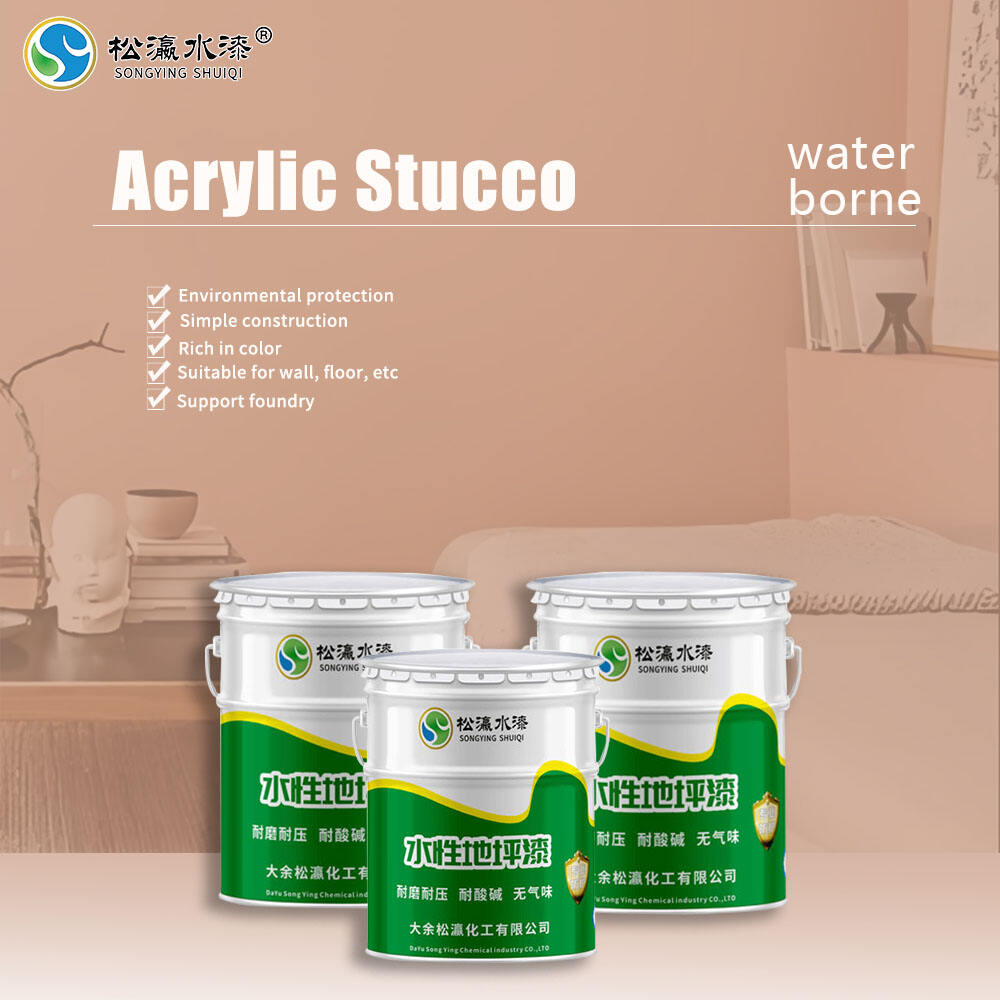For DIYers, choosing the right wood paint can be a game - changer for your projects.
Understanding Different Types of Wood Paint
Water-Based vs. Oil-Based Formulas
Water-based wood paints are known for their fast drying time and low VOC content, making them an excellent choice for indoor applications. This eco-friendly option ensures a safer environment, as it minimizes air pollution within confined spaces. In contrast, oil-based wood paints offer superior durability and a glossy finish, perfect for exterior uses where weather elements and wear are concerns. However, their longer drying time and stronger odors can be challenging when working indoors.
To choose between these two, consider the surface you are painting and the desired finish. Water-based paints excel in ease of use and quick tidying, great for interior furniture and lesser-used surfaces. Meanwhile, oil-based paints cater to high-traffic areas like decks and outdoor furniture, providing a long-lasting and visually appealing finish with manageable imperfections.
Specialty Paints for Flooring and Exteriors
Specialty paints designed for wood floors, like anti-slip floor coatings, are essential for safety indoors and outdoors. These coatings are good for high-traffic areas, ensuring that spaces remain secure and visually pleasing. Exterior wood paints are crafted to withstand harsh weather conditions, offering UV resistance to protect wood surfaces from fading under sunlight.
For those environmentally aware, eco-friendly specialty paints are a great choice. They help reduce your carbon footprint while preserving the integrity and aesthetics of wooden surfaces. This combination of durability and sustainability makes specialty paints a worthwhile investment for anyone looking to maintain wood surfaces both inside and out.
Acrylic Options for Versatility
Acrylic wood paints are celebrated for their versatility, applicable to wood, metal, and plastic surfaces. Their quick-drying nature allows you to apply multiple coats in a single day, accelerating project completion and facilitating efficient workflow. The diverse range of finishes—from glossy to matte—accommodates various aesthetic preferences and design ambitions.
Whether you're working on an indoor renovation or an outdoor facelift, acrylic paints offer reliability and aesthetic flexibility. Their ability to deliver consistent, durable finishes make them the go-to choice for complex projects demanding both beauty and functionality.## Key Factors in Selecting Wood Paint
Surface Preparation Requirements
Proper surface preparation is crucial when it comes to painting wood, as it directly impacts the paint's adhesion and the final finish. Ensuring that surfaces are clean, sanded, and appropriately primed is essential to achieving a smooth and durable coat. Depending on the type of wood and any existing finishes, different preparation methods may be necessary. For example, hardwoods with existing varnish may require a different primer than softwoods without any previous treatments. Neglecting these steps can lead to issues such as peeling paint and uneven finishes, making the initial effort futile.
Durability Needs for High-Traffic Areas
In high-traffic areas like hallways and kitchens, the durability of wood paint is paramount. To withstand daily wear and tear, paints used in these spaces should offer superior scratch resistance, waterproofing, and UV stabilization. These features ensure the longevity of the painted surfaces, maintaining their aesthetic appeal over time. For instance, in a case study of durable wood paints, epoxy coatings demonstrated remarkable resilience, making them a favored choice for such demanding environments. These paints not only withstand heavy foot traffic but also offer protection against moisture and sunlight exposure.
Environmental Considerations
When selecting wood paint, it's important to consider the ecological impact, particularly the presence of VOCs (Volatile Organic Compounds) that can contribute to air pollution. Opting for low or no-VOC paints significantly reduces environmental harm and promotes a healthier indoor atmosphere. Consumers can identify these eco-friendly options by looking for eco-certifications such as Green Seal or Greenguard, which endorse sustainable manufacturing practices. Additionally, it's vital to factor in the paint's disposal and lifecycle to ensure minimal environmental disruption, fostering a sustainable approach to home improvement.## Top Wood Paint Products for Specific DIY Projects
Water-Based Acrylic Paint: Multi-Surface Mastery
For DIY enthusiasts, water-based acrylic paint offers a remarkable advantage due to its versatility and ease of application on varied surfaces. Whether restoring furniture or enhancing outdoor decorations, water-based acrylic paint is an excellent choice for achieving a durable finish. Not only does this paint type provide vibrant colors, but it also dries quickly, allowing projects to progress without significant waiting times. Users have expressed high satisfaction with its performance across multiple projects, highlighting its reliability and superior outcomes.

Polyurethane-Modified Rubber Roof Coatings
Polyurethane-modified rubber roof coatings are an innovative solution to protect wood surfaces from moisture and UV damage. These coatings are designed to create a durable, flexible barrier, providing exceptional waterproofing capabilities. Especially beneficial in regions with high rainfall, they not only enhance protection for roofs but also safeguard exposed wooden areas by forming a seamless, crack-resistant layer. Recommendations from professionals in the industry highlight its growing market adoption due to its effectiveness and reliability.

Acrylic Waterproofing for Bathrooms & Concrete
Acrylic waterproofing coatings are specifically formulated to withstand challenging bathroom environments and concrete applications. They offer outstanding water resistance, preventing damage, and feature additional benefits like mold and mildew resistance. Whether applied to bathroom walls or challenging surfaces like tiles and previously coated wood, the reliable adhesion of these coatings makes them indispensable for residential renovations. Case studies demonstrate their success in providing durable protection in moisture-rich environments.

## Application Tips & Maintenance
Proper Brushing/Spraying Techniques
Choosing the correct tool for painting can enhance the finish quality significantly. For wood surfaces, the selection between brushes, rollers, or spray guns depends on the paint's viscosity and the surface's texture. When using water-based or other liquid wood paints, a high-quality brush or roller can ensure even application, while spray guns are excellent for achieving smooth finishes without brush marks on larger projects. To avoid common painting issues like runs and drips, it's essential to apply light, even coats. Patience is key, as recommended drying times between coats vary; following these guidelines ensures a durable finish and proper adhesion.
Anti-Slip Solutions for Floor Paints
Adding anti-slip additives to wood floor paints is crucial for enhancing safety in areas prone to foot traffic. These additives, mixed with wood floor paint, create a textured surface that reduces slip risks. Anti-slip coatings are particularly beneficial in high-risk areas such as stairs, garage floors, and outdoor decks. These solutions are not only effective but also crucial for meeting safety regulations aimed at preventing slips and falls. By incorporating these safety measures, one can enjoy both aesthetics and functionality without compromising on safety.
Long-Term Protection Strategies
Proper maintenance ensures the longevity of wood paints, requiring regular cleaning and observation of wear and tear. Establishing a reapplication schedule based on the paint manufacturer's recommendations can extend the paint's life significantly and maintain its protective qualities. It's vital to monitor painted wood surfaces for any signs of wear, such as fading or peeling, and address these issues immediately to prevent further damage. Generally, wood paints have varying lifespans depending on the environmental conditions, but with care, their effectiveness can last for several years, offering continued protection and pristine appearance.

 EN
EN






































